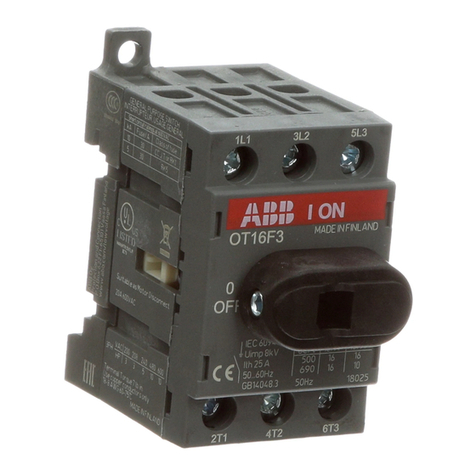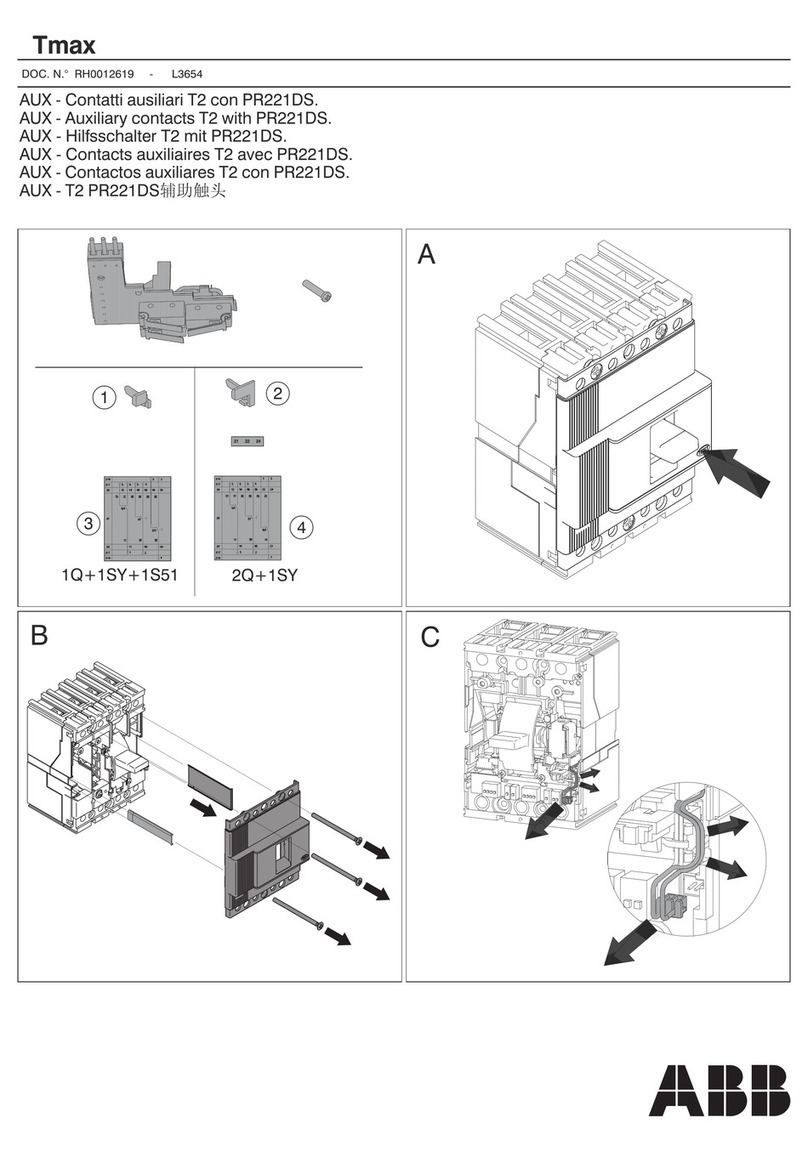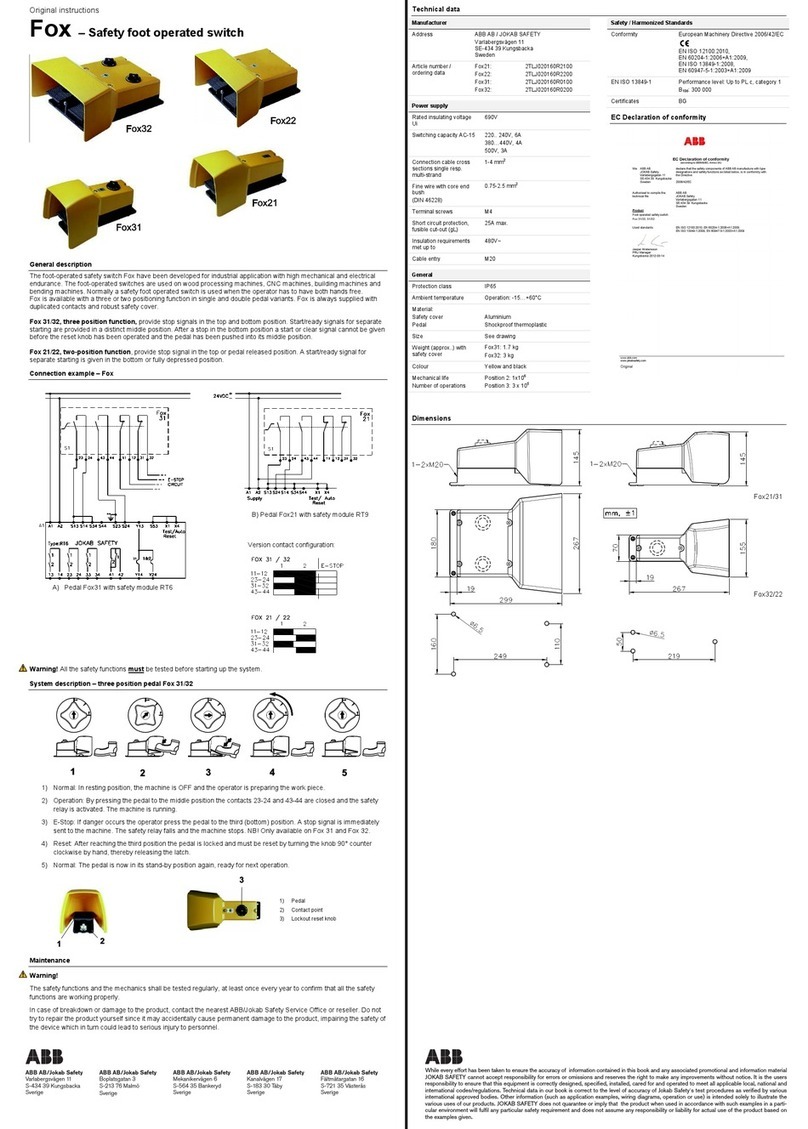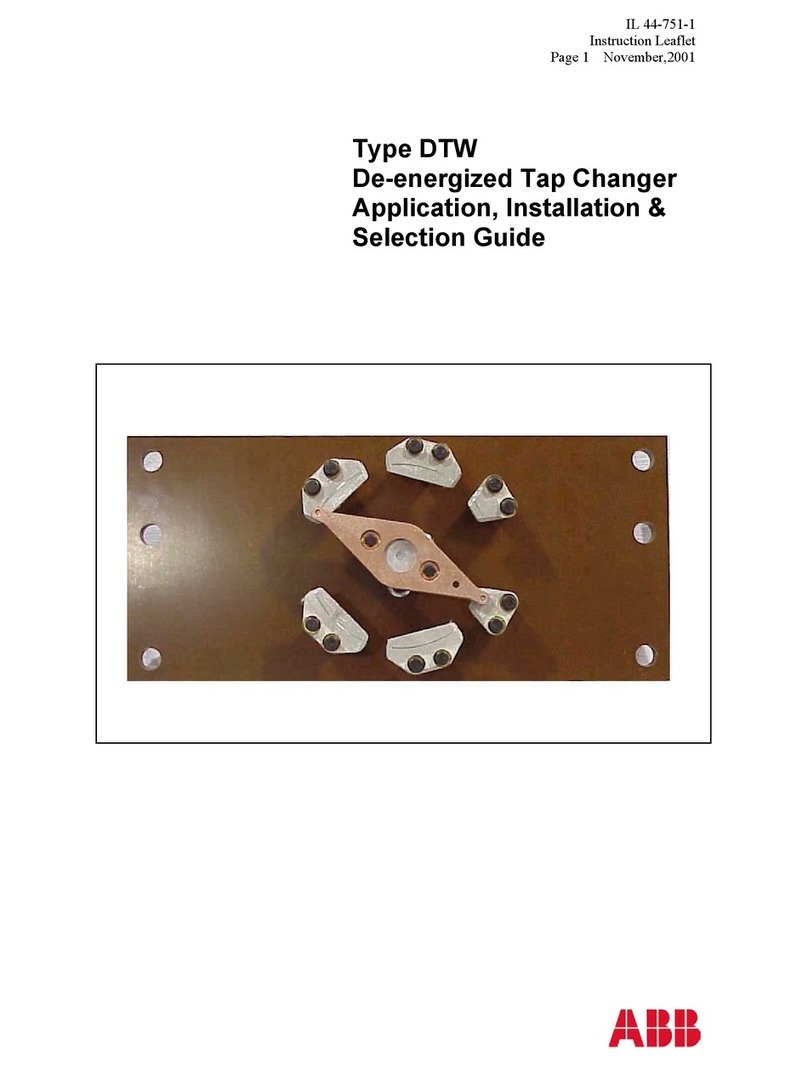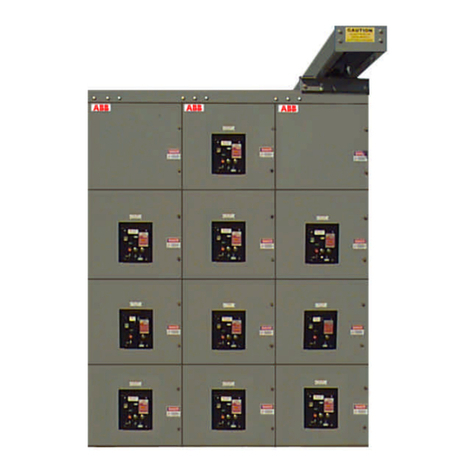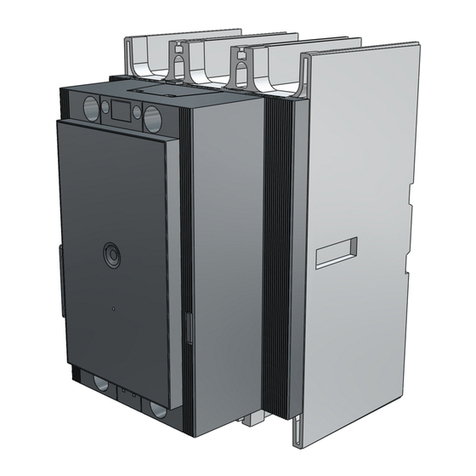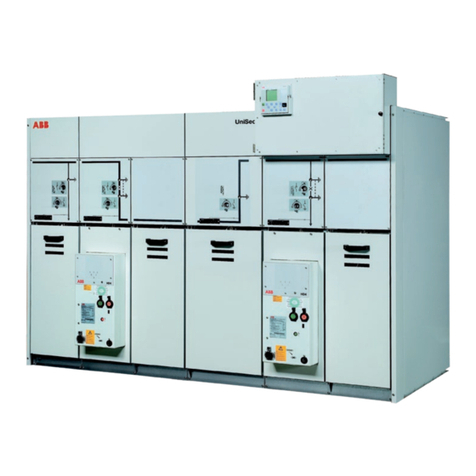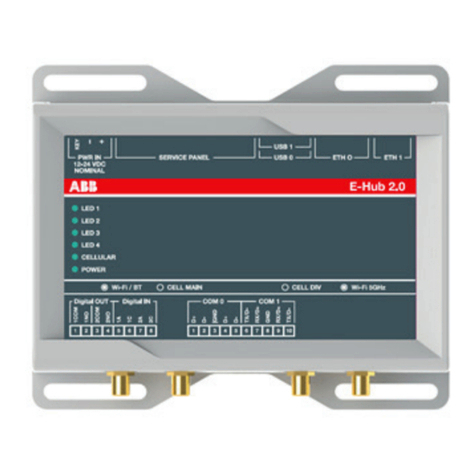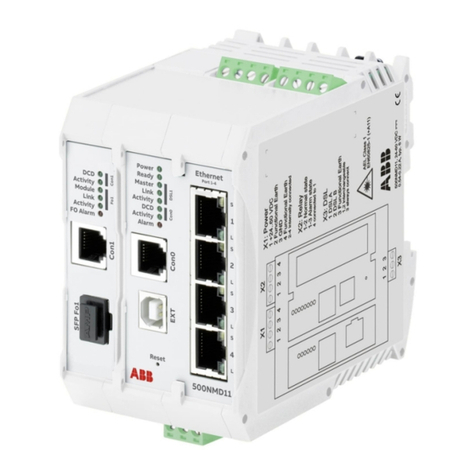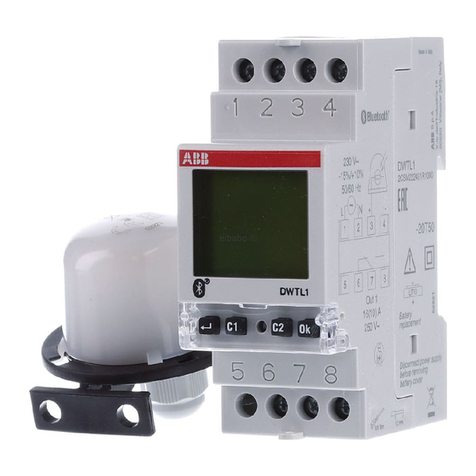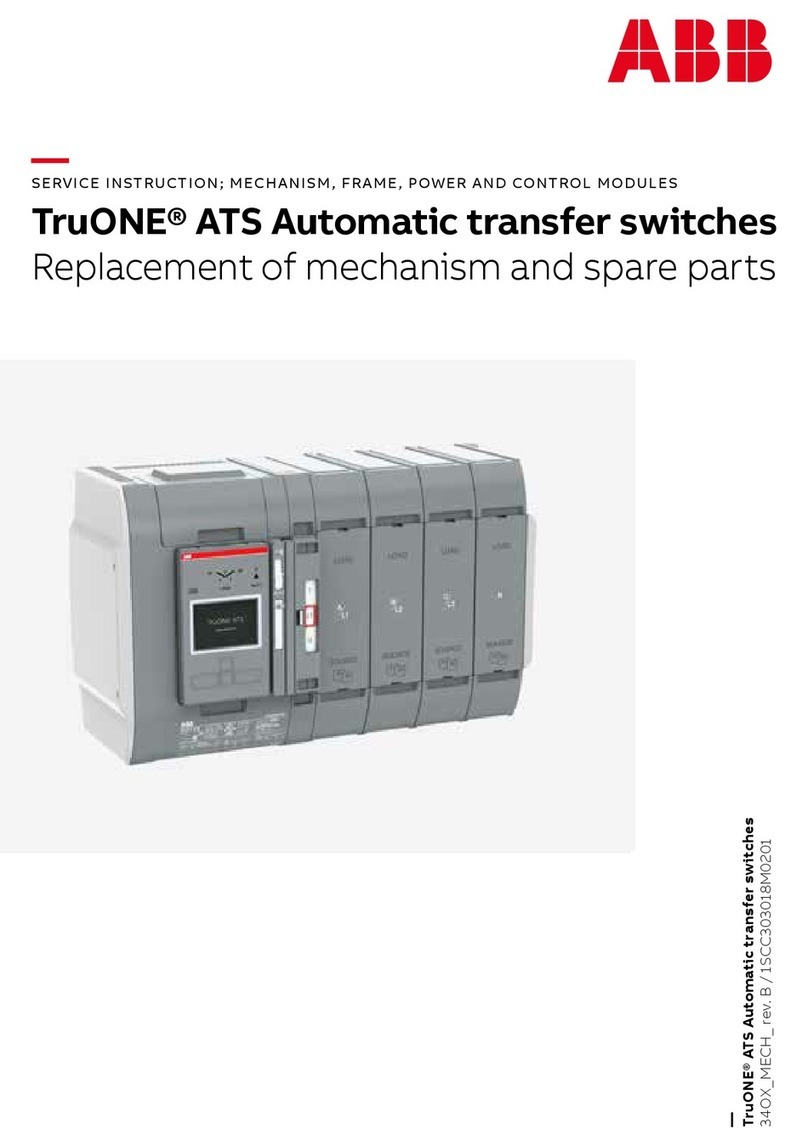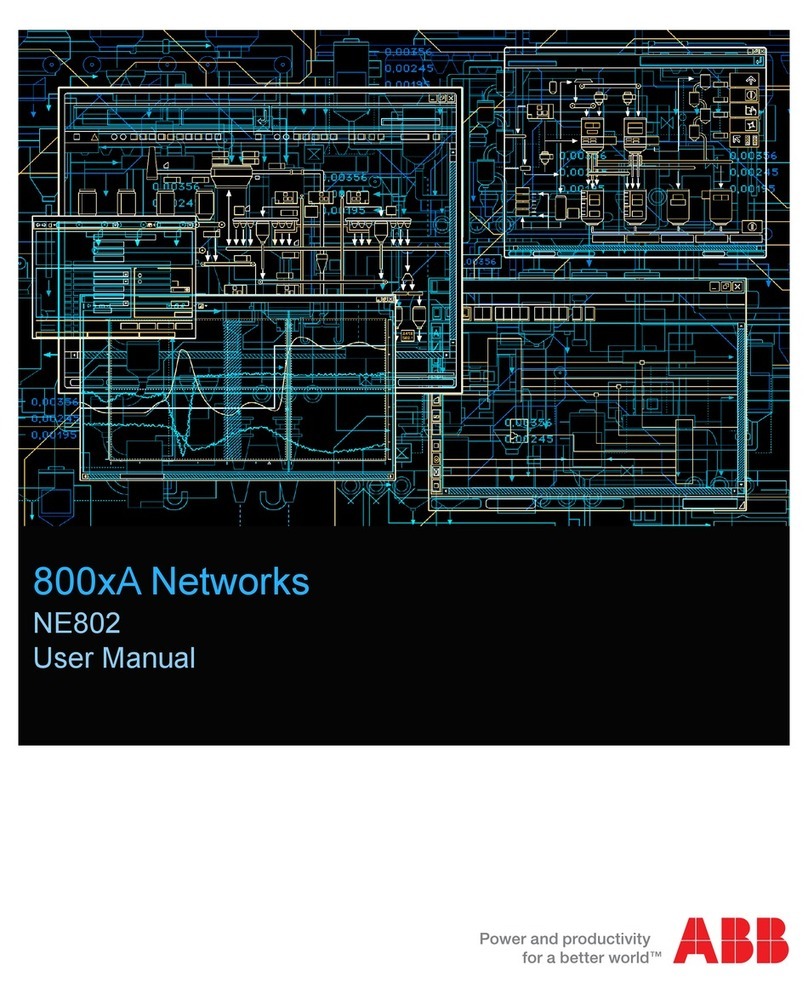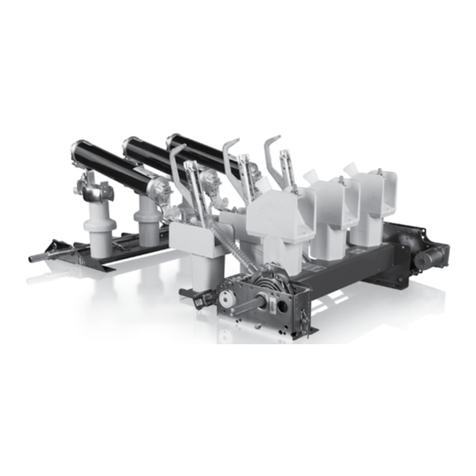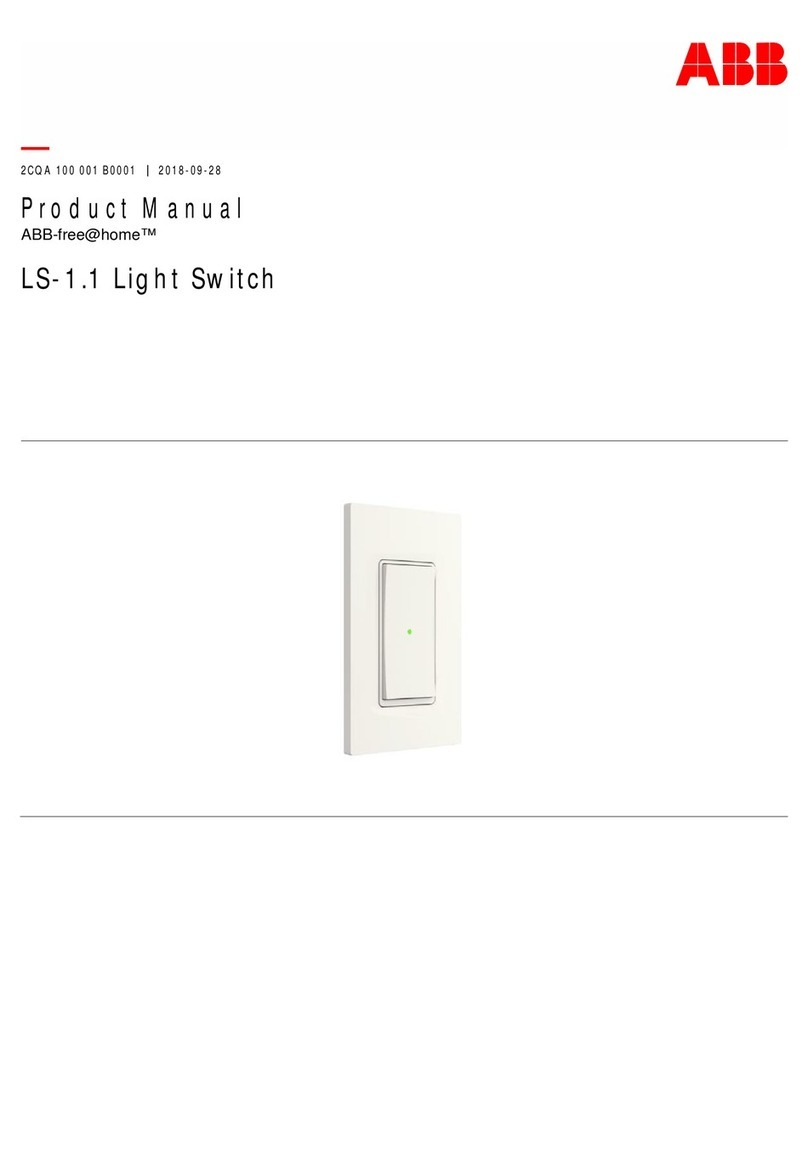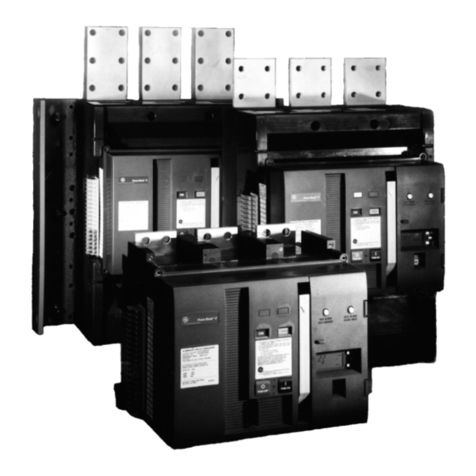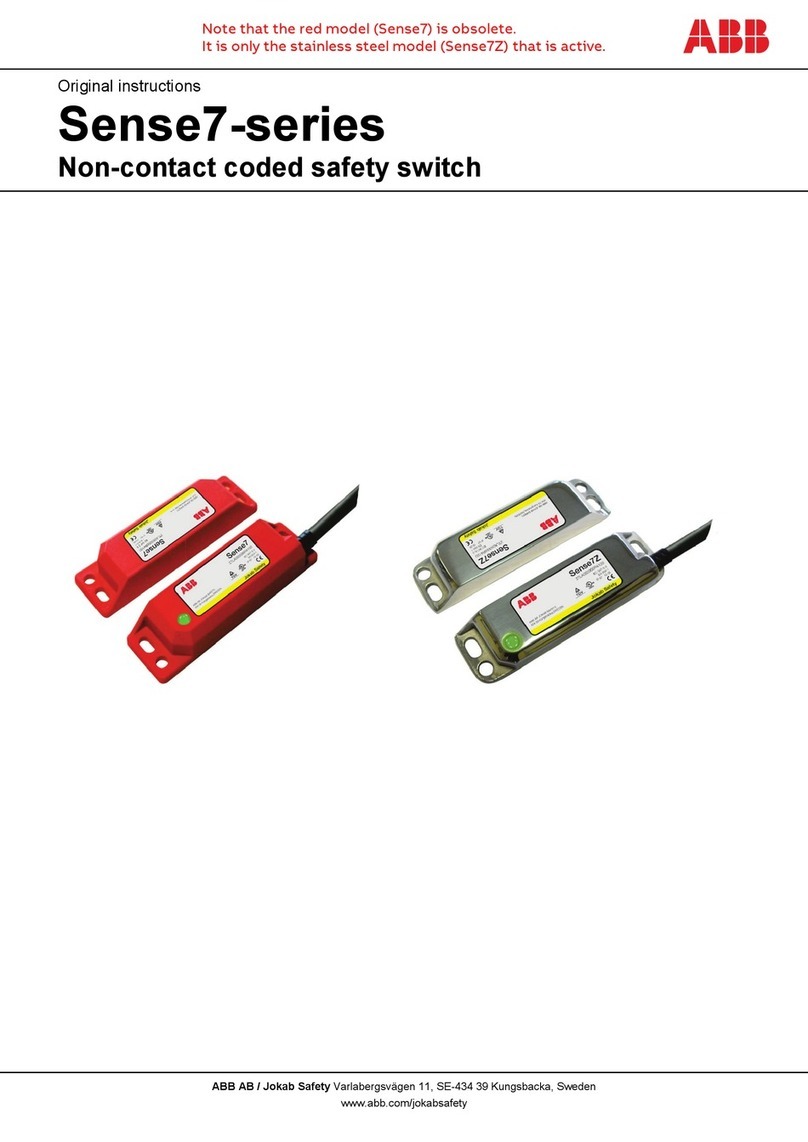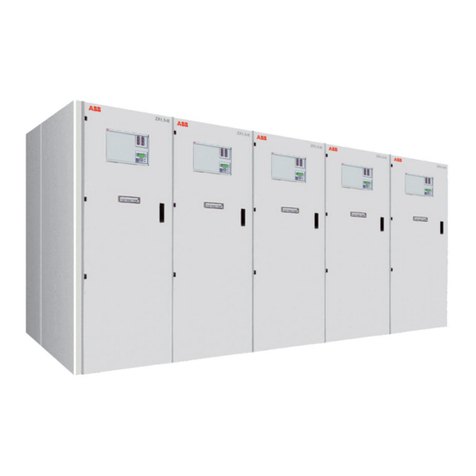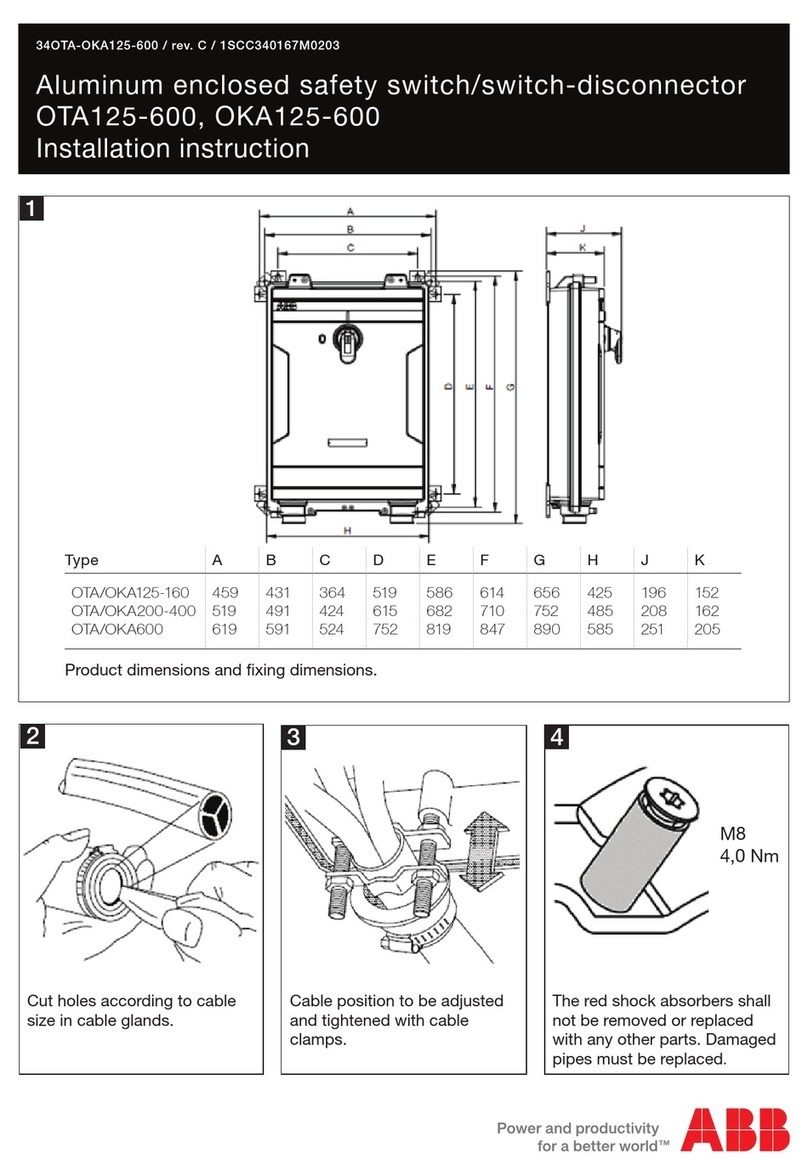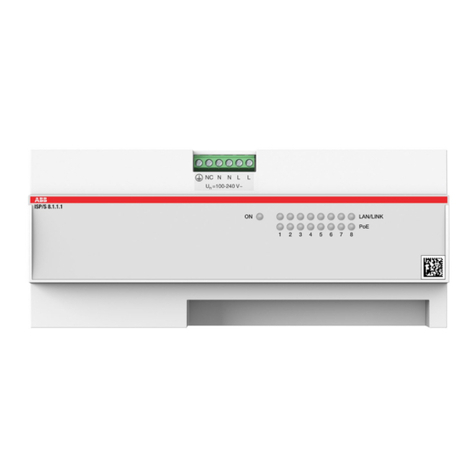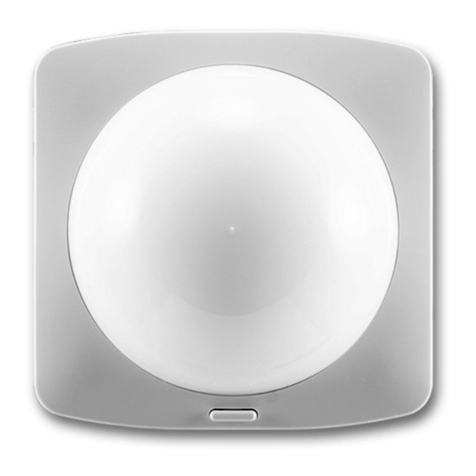
4
1. Introduction
This publication contains the information required for installing,
commissioning and servicing DS1 medium voltage special
purpose capacitor switches.
To ensure the product is used correctly, please read this manual
carefully.
Please refer to the relevant instructions to ensure that
accessories and/or spare parts are installed correctly.
Similarly to all the apparatus manufactured, DS1 capacitor
switches are designed for different installation configurations.
For this reason, the information given below does not always
cover special configurations.
Apart from this booklet, it is always necessary to refer to the
latest technical documentation available (circuit diagram,
wiring diagrams, assembly and installation drawings, any
studies of protection co-ordination, etc.), especially with regard
to any modifications to the standard configurations that may
be required.
System integration, installation guidelines and checks to be
performed during the installation work are provided in the
following section.
In addition, a description of the internal diagnostics, substation
interfacing and monitoring is provided for the purpose of
integrating DS1 with the remote control room.
All operations regarding installation, putting
into service, operation and maintenance must
be performed by suitably qualified personnel
with in depth knowledge of the apparatus.
Parts must only be replaced with original
spares.
1.3 Checking on receipt
On receipt, check the state of the apparatus, make sure that the
packing is undamaged and that the nameplate data correspond
(see fig. 1) to the specifications in the order acknowledgement
and the delivery note.
Also make sure that all the materials described in the shipping
note are included in the supply.
If damage or discrepancies are discovered when the apparatus
is unpacked, notify ABB (directly or through the agent or
supplier) as soon as possible and in any case within five days
of receipt.
The apparatus is only supplied with the accessories specified at
the time of order and confirmed in the order acknowledgement
sent by ABB.
The following documents are included in the shipping packing:
− Instruction manual (this document)
− Test certificate
− Identification tag
− Fiscal copy of shipping note
− Circuit diagram.
These other documents are sent prior to shipment:
− Order acknowledgement
− Original copy of shipping note
− Drawings or documents regarding special configurations/
conditions (if applicable).
1
3
4
2
Nameplate
1. Type of apparatus
2. Symbols and compliance with
Standards
3. Serial number
4. Apparatus characteristics
5. Characteristics of the operating
auxiliaries
1.1 Environmental protection program
DS1 capacitor switches comply with ISO 14000 Standards
(Environmental Management Guidelines).
The production system of the Medium Voltage factories
complies with the environmental protection regulations in terms
of energy consumption, raw materials and waste disposal.
The environmental impact of the product life cycle is assessed
by the LCA - Life Cycle Assessment procedure, which is also
the result of a well-focused design phase when it comes to
selecting materials, processes and packaging.
The production techniques ensure that the components can be
easily dismantled and separated at the end of the life cycle of
the apparatus, while optimizing the recycling process.
1.2 Packing and transport
The apparatus is shipped in special packing in the open
position with absolute pole pressure corresponding to the
service value.
Each piece of apparatus is protected by plastic film to prevent
water from infiltrating during the loading and unloading stages
and to keep the dust out during storage.
Figure 1. Product identification label
Provided by Northeast Power Systems, Inc. (NEPSI)
